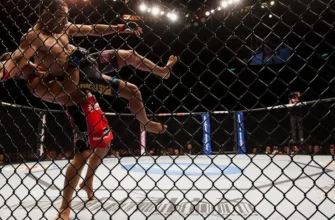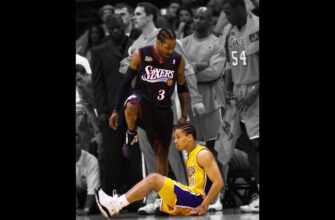In the intricate, often brutal, world of professional basketball, player movement is less about loyalty and more about strategic advantage. The recent trade involving All-Star guard Jrue Holiday, moving from the Boston Celtics to the Portland Trail Blazers for Anfernee Simons and two second-round picks, is a stark reminder of this reality. It`s a deal that speaks volumes not just about the players involved, but about the financial pressures and competitive aspirations driving two distinct NBA franchises.
Boston`s Calculated Maneuver: Shedding Salary, Gaining Youth
For the Boston Celtics, this trade is less about immediate on-court improvement and more about a cold, hard look at the balance sheet. In the modern NBA, navigating the luxury tax and the dreaded “second apron” has become as crucial as perfecting a jump shot. Holiday, a respected veteran and defensive stalwart at 35, carried a substantial contract with three expensive seasons remaining. While his contributions were undeniable, his salary posed a significant challenge for a team looking to manage its future financial flexibility.
Enter Anfernee Simons: younger by nine years at 26, earning approximately $5 million less, and on an expiring contract. This exchange provides the Celtics with immediate salary relief, pushing them closer to their stated goal of getting below the second apron for next season. With star player Jayson Tatum sidelined due to a torn Achilles suffered in the Eastern Conference semifinals, the immediate title contention window has, regrettably, narrowed. This unfortunate circumstance allows Boston to prioritize long-term financial health without feeling the intense pressure to “win now” at any cost.
Simons, who averaged 19.3 points per game last season as Portland`s primary scorer, now steps into a critical offensive role for the Celtics. His youth and scoring prowess offer a different dynamic, a potential offensive spark during Tatum`s absence, and a promising asset for their future rotation. This move underscores a shift in Boston`s strategy: from aggressively pursuing a championship-ready roster to prudently managing assets and cap space, a pivot forced by both injury and the league`s increasingly stringent financial rules.
Portland`s Ambition: A Step Towards Competitiveness?
For the Portland Trail Blazers, the narrative is entirely different. After four consecutive seasons missing the playoffs, including two overt rebuilding campaigns post-Damian Lillard, the Blazers are signaling a desire to turn the corner. Acquiring Jrue Holiday, even at 35, seems a curious move for a team ostensibly in a rebuild, particularly given the ironic twist: this marks the second time Holiday has been traded to Portland as a mere way station for a larger deal. First, as part of the Damian Lillard trade to Milwaukee, and now again. One might almost feel for Holiday, constantly being used as a high-value currency in the NBA`s transactional marketplace.
However, Portland`s motivation appears multifaceted. Holiday, despite his age, remains a very good overall defender and, perhaps more importantly in a young locker room, an extremely highly-regarded teammate. His veteran presence, leadership, and defensive acumen could provide invaluable guidance to a youthful roster. He brings a championship pedigree and a professional demeanor that can help cultivate a winning culture.
Is This a True Step Forward?
The question remains: is acquiring Holiday a genuine step towards competitiveness, or merely another interim move? The Blazers closed last season strong, hinting at potential. Holiday`s arrival could solidify their defense and offer a steadying presence. While he may not be the franchise-altering superstar he once was, his impact on the development of young players and the team`s overall identity could be significant. It suggests Portland is looking to accelerate their return to relevance, moving past the raw “tanking” phase into a more competitive one, even if only modestly for now.
The Broader NBA Landscape: A Whirlwind of Movement
This trade unfolds just days before the NBA Draft, a period notoriously rife with player movement. Kevin Durant`s recent move merely opened the floodgates. The Holiday-Simons swap is a major ripple in what promises to be a tumultuous offseason. With Boston still navigating a complex financial landscape and several Eastern Conference teams vying for contention in a potentially more vulnerable conference next season, further significant trades are not just possible, but highly probable.
The “second apron” has become a central character in this offseason`s drama, forcing teams to make difficult decisions, often prioritizing financial flexibility over raw talent. This era of NBA team building demands an acute understanding of both on-court performance and off-court economics. The Celtics` move is a prime example of this new reality.
The Jrue Holiday trade is more than just a player exchange; it`s a strategic chess move that highlights the evolving priorities of NBA franchises. For Boston, it’s a necessary financial reset amid injury woes. For Portland, it’s a calculated risk to inject veteran leadership and push for a quicker return to competitiveness. As the league braces for the Draft and free agency, this deal serves as a precursor to what promises to be an offseason defined by bold decisions, financial gymnastics, and the relentless pursuit of an elusive championship formula.






